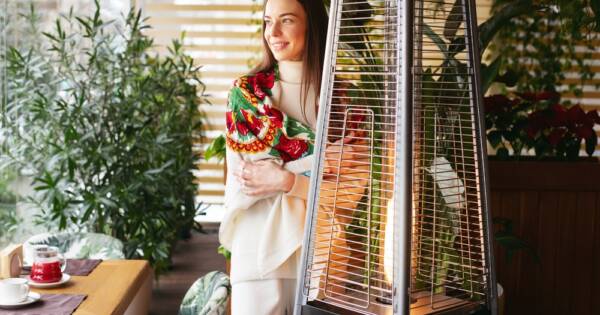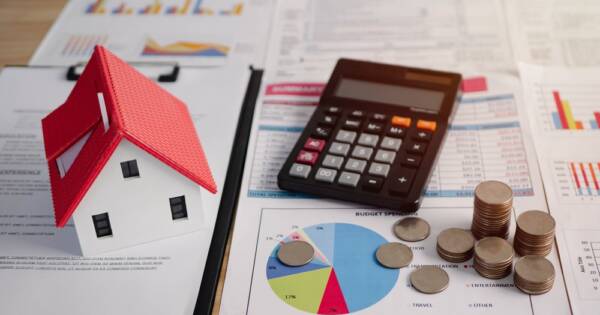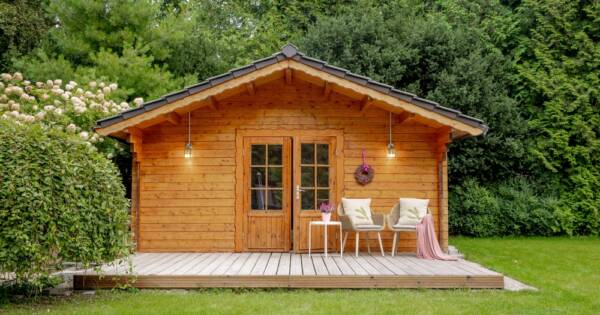Australia’s demand for affordable housing solutions has spiked, with prefab homes gaining traction amidst a significant housing shortfall. Offering quicker construction times and cost savings, prefab homes appeal for both financial and environmental reasons. From attractive state grants to sustainable living practices, learn the key advantages and future potential of these innovative housing options.
Rising Demand for Small Prefab Homes in Australia
Australia’s housing market faces a significant shortfall in affordable homes due to high immigration and limited construction activities. This situation has tripled the demand for affordable housing solutions like modular and prefab homes. Projections show this shortfall is expected to surge from 97,284 dwellings in 2024 to 145,470 by 2026 due to favorable government policies. The promise of prefab homes lies in their efficiency: they can be constructed up to 50% faster and at a reduced cost of 25% compared to traditional methods which makes them an accessible option for first-time homeowners.
Attributes of Prefab Homes That Australians Love
Australians are increasingly drawn to prefab homes due to their affordability, adaptability, and eco-friendliness. The median house prices in major cities like Sydney and Melbourne exceed $1.2 million, pushing buyers towards the more appealing cost of prefab homes, which is approximately 35% cheaper than traditional homes offering significant savings for families. Moreover, stamp duty exemptions and the potential for additional state grants ranging from $30K to $50K further enhance their appeal by providing financial relief.
Modular Homes: Embracing Greener Living
In 2025, the shift towards modular homes is strongly influenced by their sustainable design and energy-efficient features, aligning with Australia’s push for greener living. Many kit homes cater to environmentally conscious consumers and are designed to suit the Australian climate offering benefits such as reduced energy bills. Companies like DECO Australia and Kingspan are leading this revolution, offering innovative building systems and insulation solutions that enhance durability while minimizing environmental impact which aids in reducing carbon footprints.
Benefits of Kit Homes in Regional Areas
Kit homes are customizable, quick to construct, and can save buyers up to 70% in costs. These homes are particularly popular in regional areas in Australia, where the Regional Home Buyer Support provides grants of up to $30,000 incentivizing these purchases. They offer significant flexibility in design, making them ideal as vacation homes, granny flats, or small residential dwellings allowing them to suit various needs and budgets.
Prefab Homes for a Sustainable Future
Prefab homes are not only cost-effective but are also created to endure Australia’s extreme climate conditions. With options such as cyclone-proof units, they provide security while promoting a sustainable lifestyle by ensuring resilience in severe weather. These homes are eligible for government incentives aimed at promoting energy-efficient features, such as the Small-scale Renewable Energy Scheme making them financially accessible.
Why You Should Learn More About Prefab Homes Today
With the growing interest in sustainable living solutions, prefab homes represent a future-ready choice for Australians. Their affordability, speed of construction, and eco-friendly attributes position them as a viable solution to the current housing crisis. As more Australians move towards modular living arrangements, understanding the benefits and support systems available is crucial. Learning more about prefab homes allows prospective buyers to make informed decisions, leveraging financial incentives and contributing to greener lifestyles.
Sources
Australia’s Modular Housing Insights



